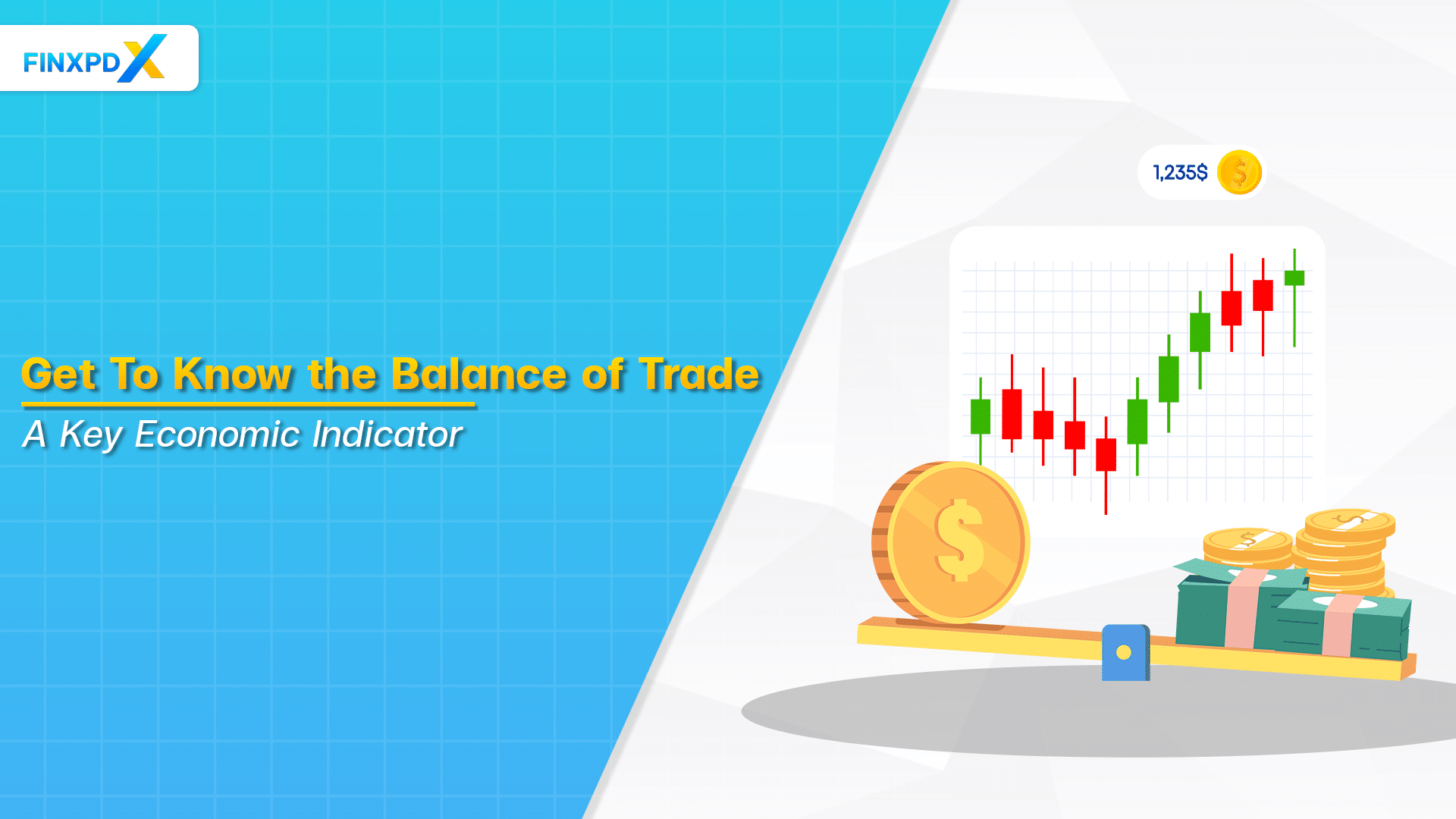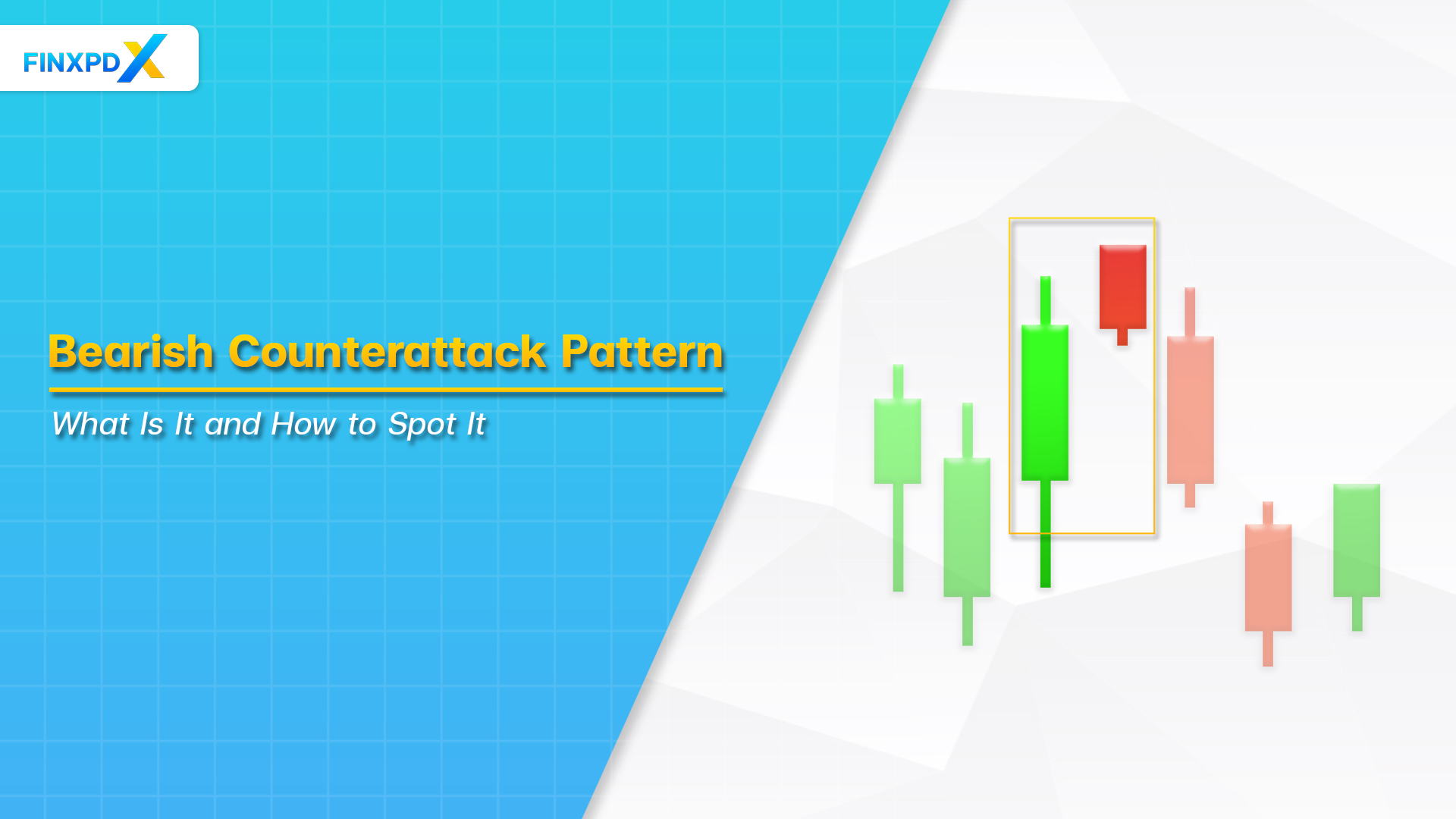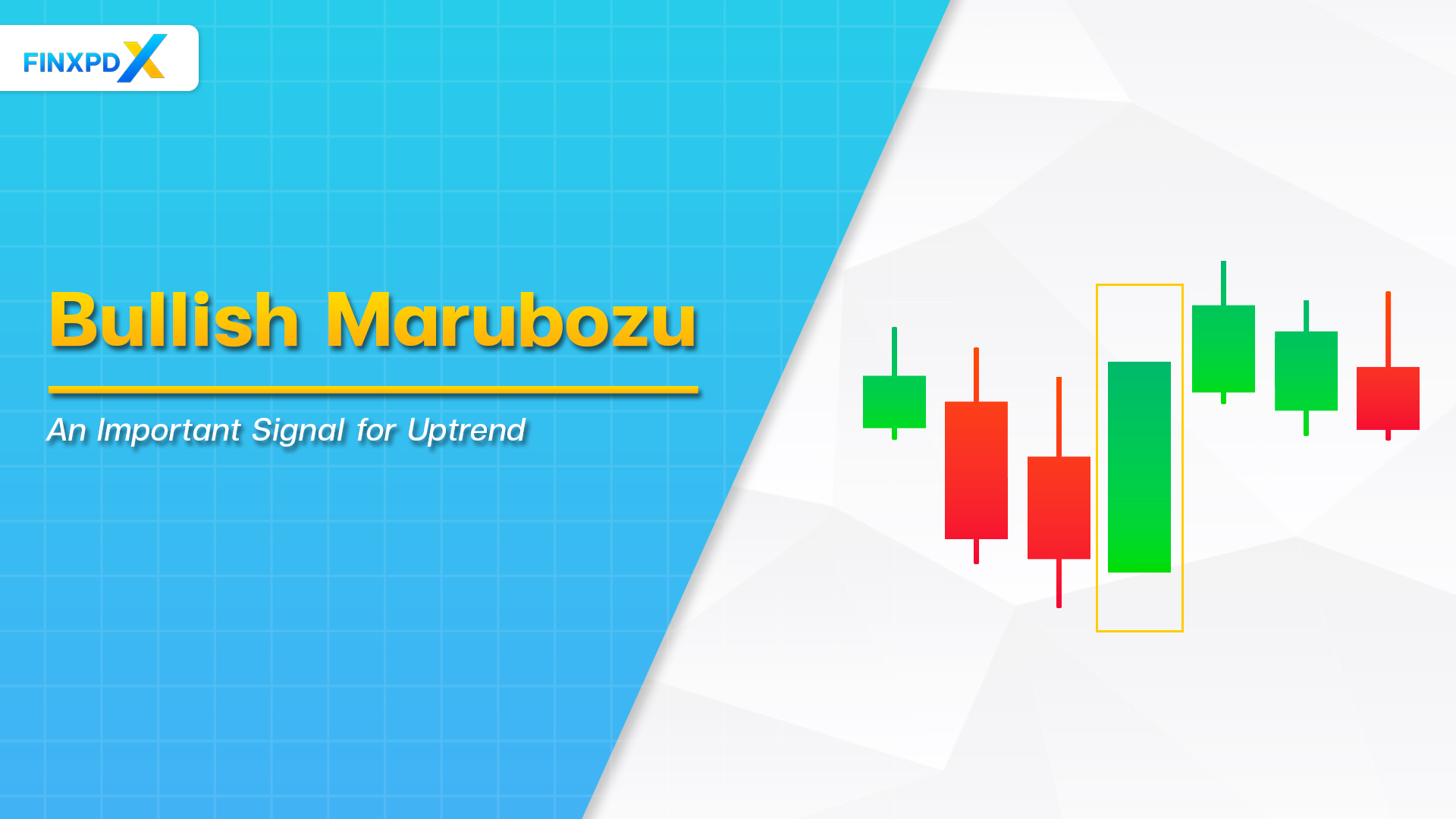The balance of trade represents the difference between how much a country exports and how much it imports. It is one of the significant terms for economic analysis as it can impact the economic growth of each country and global commerce, as well as balance of payment.
This article will explain the comprehensive details of what the balance of trade means, the factors and benefits, and how it differs from the balance of payment.
What Is the Balance of Trade?
It is often known as BOT, is a crucial economic indicator that measures the difference between the value of a country’s exports and imports of tangible goods over a specific period. It can be used to assess whether a country is exporting more than it’s importing, and vice versa.
The balance of trade (BOT) for a country is determined using this formula:
BOT = Exports – Imports
So, it can help evaluate a country’s economic health and its position in international trade. This kind of trade involves two primary scenarios, including a trade surplus and a trade deficit.
Trade Surplus
When a country exports more goods than it imports, it results in a trade surplus. This indicates a positive trade balance, reflecting that the country is selling more to other countries than buying from them. A trade surplus is often seen as a sign of economic strength, as it represents that the country is capable of producing and selling its goods successfully in the global market.
Trade Deficit
When a country imports more than it exports, a trade deficit occurs. This implies a negative trade of balance, suggesting that the nation is purchasing more goods from other countries than selling to them.
Nevertheless, it’s not always a negative indicator. Sometimes, it can be a result of strong domestic demand and economic growth, with consumers and businesses importing more due to higher consumption and production.
Key Takeaways
- The trade balance is the difference between the exports and imports of tangible goods.
- Trade surplus occurs when a country exports more goods than it imports, signifying economic strength and competitiveness.
- Trade deficit occurs when a country imports more than it exports, resulting from strong domestic demand and economic growth.
- The balance of trade focuses on tangible goods, while the balance of payment covers all international financial transactions.
Factors Influencing Balance of Trade
This section will explore these factors in detail and help understand how they impact a country’s trade balance.
1. Trade Policies
Government policies, such as tariffs, import quotas, and agreements, have a significant influence on a country’s balance of trade. These policies can either promote or interrupt exports and imports.
2. Currency Exchange Rates
Fluctuations in exchange rates can impact the cost and competitiveness of a country’s exports and imports. A weaker domestic currency can make exports more attractive, potentially leading to a trade surplus.
3. Global Demand
Changes in global demand for a country’s products can directly affect its trade balance. High demand for a country’s exports can lead to a trade surplus, while decreased demand may result in a trade deficit.
4. Economic Conditions
The overall economic health of each country, including factors like income levels, employment rates, and consumer spending, can impact its trade balance.
When a country experiences robust economic growth and higher income levels, people tend to have more purchasing power which can increase import demand.
5. Political Stability
Political stability and international relations can influence the relationship between a country’s commerce and the balance of trade. Stable political environments can promote consistent trade policies, boost investor confidence, and lead to successful negotiation of trade agreements.
Benefits of Balance of Trade
In this section, we will explore the advantages in different aspects, from job creation to enhanced international relations.
1. Economic Health
A trade surplus can be a sign of a healthy and competitive economy, indicating a country’s ability to produce and export goods effectively.
2. Job Creation
A robust export sector often leads to job creation within a country, supporting employment opportunities for its citizens.
3. Foreign Exchange Reserves
Trade surpluses can contribute to the accumulation of foreign exchange reserves, providing financial stability.
4. Investment Opportunities
A favorable trade surplus can draw in investors globally, spurring additional economic expansion.
5. International Relations
Maintaining a fair trade with other nations enhances positive international relations and diplomatic relations.
Difference Between Balance of Trade and Balance of Payment
It’s essential to understand the difference between the BOT and the BOP since these terms are sometimes used interchangeably, but they have distinct meanings and purposes.
| Aspect | Balance of Trade | Balance of Payment |
|---|---|---|
| Definition | The difference between exports and imports of physical products | A full record of all financial transactions between a country and the rest of the world. |
| Scope | The transaction of tangible goods | All international financial transactions, including services, capital flows, and financial transfers. |
| Economic Indicator | BOT reflects trade surplus or deficit. | BOP reflects overall financial health. |
| Impact on Economy | BOT impacts the country’s manufacturing and industrial sectors. | BOP impacts a wide range of economic activities. |
Conclusion
The balance of trade is a crucial economic indicator that evaluates a country’s commerce performance by assessing the difference between its exports and imports of tangible goods. It plays a significant role in determining a country’s economic health, job opportunities, and international relations.
Additionally, distinguishing between balance of trade and balance of payment is essential for a comprehensive understanding of international trade dynamics.
FAQs
It measures the difference between a country’s exports and imports of tangible goods.
While the trade balance focuses on tangible goods, the balance of payment covers all international financial transactions, including services, capital flows, and financial transfers.
The benefits include economic health, job creation, foreign exchange reserves, investment opportunities, and improved international relations.
Factors include trade policies, currency exchange rates, global demand, economic conditions, and political stability.
Because it can reflect a country’s economic performance, trade relationships, and overall financial health.
Related Articles:
Read more: Forex








